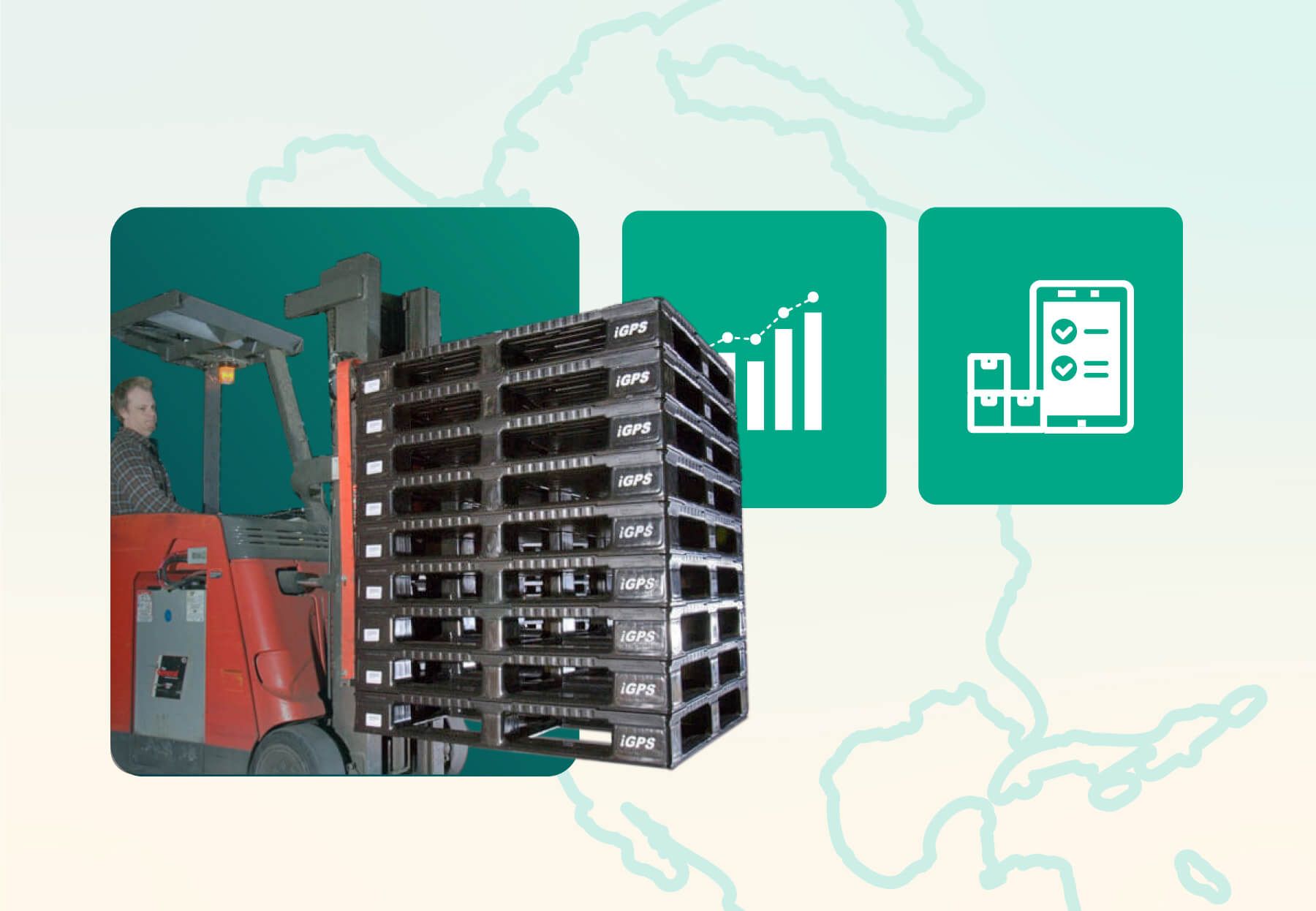Key Takeaways
- As consumer expectations increase, companies that successfully plan and allocate resources will be the most successful.
- Capacity planning refers to the process of determining the production capacity an organization needs to meet demand for its products and services.
- Capacity planning includes strategies such as lead, lag, and match strategies, each with their own benefits and drawbacks.
- The three types of capacity planning are short-term, medium-term, and long-term, each of which plays an important part in the capacity planning framework.
- While capacity planning and resource planning are related, they are not interchangeable; resource planning refers to allocating the specific resources, including workers and equipment, needed to meet capacity planning requirements.
Consumer expectations are higher than ever, and the national and global supply chains continue to evolve as organizations navigate tighter cost constraints and the evolving political landscape. For many enterprises, successfully planning and allocating resources means the difference between stumbling and success. Among the most critical yet overlooked elements of a thriving supply chain is capacity planning. This strategic process allows companies to anticipate demand, align their production capabilities, and ultimately meet customer expectations — all while maintaining operational efficiency.
What is Capacity Planning in Logistics?
Capacity planning in logistics refers to the process of determining the production capacity an organization needs to meet fluctuating demands for its products or services. The process involves forecasting future demand and assessing whether the business’s current facilities, labor resources, and equipment can accommodate that demand.
In the logistics business, capacity planning spans multiple distinct functions, from warehousing and transportation, to production and workforce management. It isn’t merely a question of how much space or equipment is readily available, but how efficiently these and other resources can be deployed to ensure that customer needs can be met in a timely and cost-effective manner.
At its core, capacity planning enables supply chain managers to answer key questions — for example:
- Can our warehouse staff handle projected spikes in volume during peak ordering season?
- Will our suppliers be able to deliver our components on time if we suddenly ramp up production?
- Is our transportation fleet capacity sufficient to handle next month’s outbound shipments?
Effective capacity planning mitigates key risks associated with underproduction, overproduction, stockouts, and rush orders. It allows businesses more effectively to stay nimble and responsive in the face of disruptions or shifts in consumer demand.
Types of Capacity Planning
Capacity planning is anything but a one-size-fits-all approach. Various planning approaches are used depending on the time horizon and the nature of the supply chain operation. The three main categories are:
- Workforce Capacity Planning, which focuses on ensuring that the organization has the appropriate skilled labor and hiring pipeline necessary to meet the organization’s needs;
- Product Capacity Planning, which ensures that the organization has the raw materials and components as well as sufficient product stocks necessary to meet customer demands; and
- Tool Capacity Planning, which involves making sure that the enterprise’s tools and equipment — everything from laptops for workers to automated manufacturing and packaging machinery — can be maintained and deployed as needed.
Within these three categories, it is important to note that there are three distinct time windows for capacity planning, each with its own objectives:
- Short-term capacity planning focuses on the daily, weekly, or monthly adjustments necessary to meet immediate demand. This can include shift scheduling, warehouse slotting, and adjusting delivery routes. Short-term planning requires that managers keep a careful watch on demand fluctuations, inventory levels, and potential bottlenecks.
- Medium-term capacity planning typically looks ahead six months to two years. It can include decisions about workforce hiring, supplier contract negotiation, and equipment procurement. Medium-term planning aligns operational capabilities with projected sales forecasts and production schedules. For instance, a manufacturer might negotiate with suppliers on bulk purchases of raw materials based on projected seasonal demand.
- Long-term capacity planning typically spans two to five years, involving strategic decisions like facility expansion, the acquisition of new technology, and entrance into new market verticals. These long-term decisions will shape the future capabilities of the organization and require significant investment and forecasting.
Each of these planning types contributes to the overall capacity planning framework, allowing businesses to remain proactive instead of constantly playing defense.
Capacity Planning Strategies
To achieve an optimal balance between demand and capabilities, organizations will often employ different capacity planning strategies. For example:
1. Lead Strategy
This approach involves adding capacity in anticipation of increased demand. This is a proactive strategy that helps companies avoid bottlenecks and capitalize on growth opportunities. While it may involve higher upfront costs, it can also reduce the risk of lost sales or customer dissatisfaction.
Industries with high growth potential, such as e-commerce or fast-moving consumer goods, often favor this approach.
2. Lag Strategy
With this reactive strategy, extra capacity is added only after demand has exceeded an organization’s current capabilities. While it minimizes the risk of overextending one’s investment, because the excess demand hits before capabilities are expanded, it can potentially lead to stockouts, delays, and customer dissatisfaction if not carefully managed.
This strategy is typically employed in industries in which demand is stable or predictable and lead times are shorter.
3. Match Strategy
This strategy attempts to strike an optimal balance between the lead and lag approaches by adding capacity gradually and incrementally, in response to market signals. It is more flexible and helps mitigate the risk of both underutilization and overextension. But the match strategy requires close monitoring and accurate forecasting to be effective.
This strategy is often used in industries with seasonal fluctuations or moderate growth, where flexibility is crucial, but resources must be managed thoughtfully and conservatively. Success depends on multiple factors, including market volatility, product life cycle, financial resources, and ever-changing customer expectations.
Capacity Planning vs. Resource Planning
Although the two disciplines are related, capacity planning and resource planning serve different functions in supply chain operations and should not be used interchangeably.
Capacity Planning:
- Focuses on the maximum output a system can handle over a given time.
- Deals with how much work can be done, factoring in constraints like equipment, facilities, and time.
- Helps determine whether there is sufficient capability to meet future demand.
- Often it involves high-level strategic and operational decisions.
For example, if a distribution center can process 10,000 packages per day, capacity planning assesses whether that volume is sufficient for projected demand and determines whether to scale up.
Resource Planning:
- Focuses on the allocation of specific assets, or resources — including workers, materials, and equipment — to meet operational requirements.
- Addresses questions about who or what is needed to execute tasks.
- This approach is more tactical and day-to-day in nature.
For instance, resource planning would determine how many equipment operators are required during the afternoon shift or how many delivery trucks should be dispatched for the morning delivery run.
In essence, capacity planning helps ensure that the supply chain can handle demand in general, while resource planning ensures that the right resources are in the right place at the right time to execute against these capabilities.
Why Capacity Planning Matters
Capacity planning is much more than a back-end operational concern for supply chain managers — it is a crucial strategic enabler of business excellence. As customer expectations evolve, businesses can ill afford to operate reactively. Effective capacity planning provides a robust roadmap for sustainable growth, supply chain risk mitigation, and customer service excellence.
Organizations that make sound strategic investments in the right type of capacity planning can streamline their operations, control their costs, and maintain their competitive industry edge. Whether it’s scaling up for peak season or expanding into emerging markets, capacity planning ensures that supply chain leaders are equipped to spend less time reacting and recovering, and more time focused on what they do best.
Frequently Asked Questions
Why is capacity planning important for businesses?
Capacity planning is important for businesses because it enables them to meet customer demand consistently, avoid production delays, and manage costs effectively. By aligning resources with projected needs, companies can maintain service quality, reduce waste, and support scalable, sustainable growth in competitive markets.
When should you use capacity planning?
You should use capacity planning when anticipating demand fluctuations, preparing for peak seasons, launching new products, or expanding operations. It’s also essential during strategic planning cycles to ensure that infrastructure, labor, and equipment can handle future business requirements without bottlenecks or underutilization.
Companies focused on optimizing their supply chain operations count on durable, lightweight iGPS plastic pallets for their shipping needs. iGPS pallets are lighter than wood and more automation-friendly. For more information, contact us at 1-800-884-0225, email a specialist at switch@igps.net, or visit our contact page.



